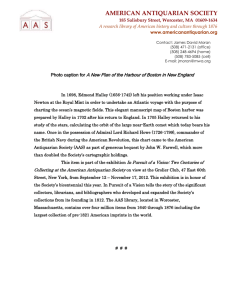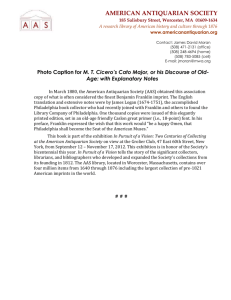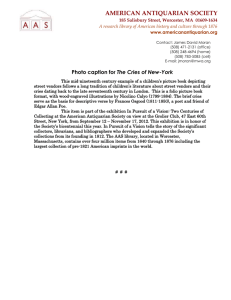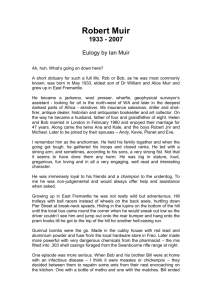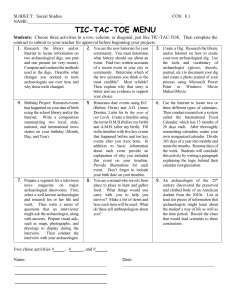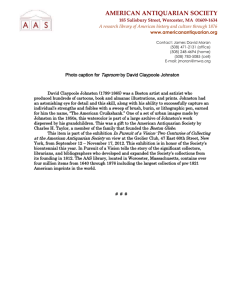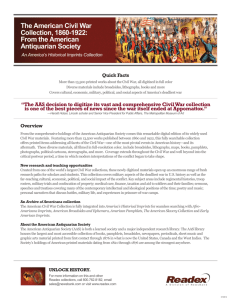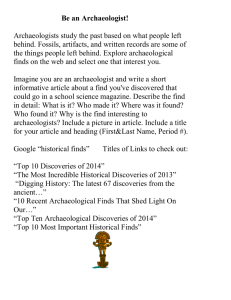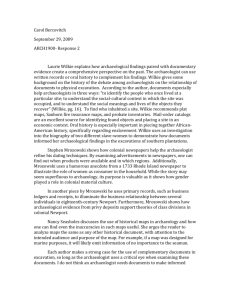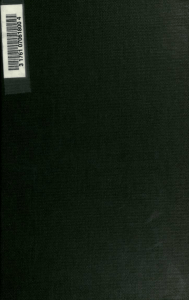clicking here - Beaver Valley Probus Club
advertisement
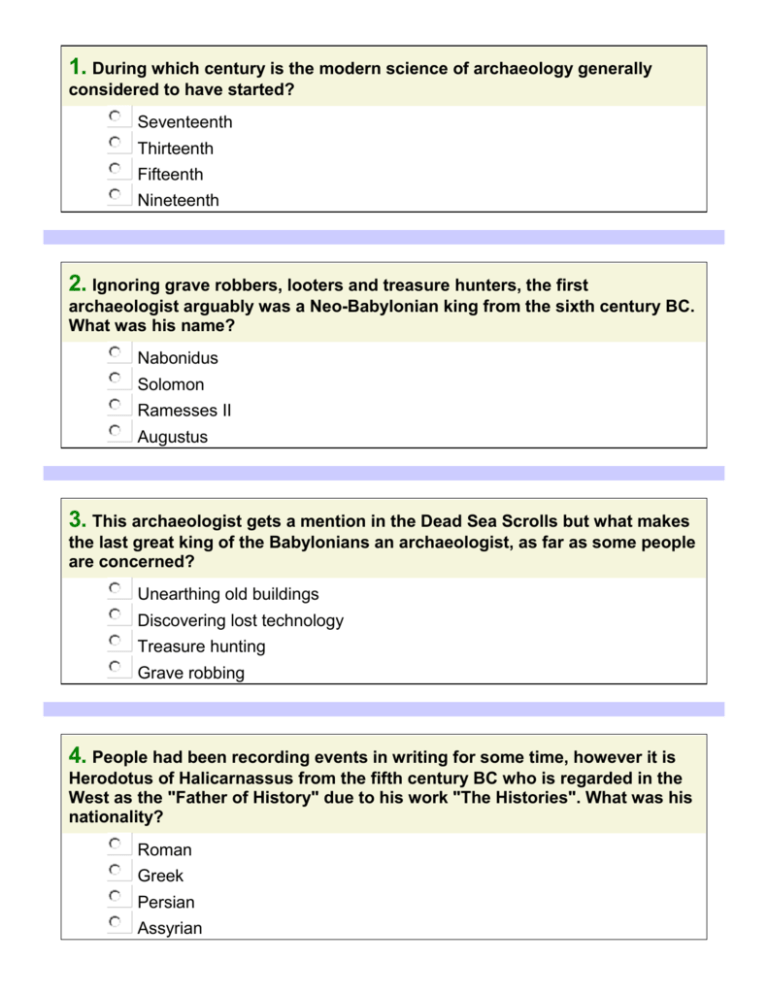
1. During which century is the modern science of archaeology generally considered to have started? Seventeenth Thirteenth Fifteenth Nineteenth 2. Ignoring grave robbers, looters and treasure hunters, the first archaeologist arguably was a Neo-Babylonian king from the sixth century BC. What was his name? Nabonidus Solomon Ramesses II Augustus 3. This archaeologist gets a mention in the Dead Sea Scrolls but what makes the last great king of the Babylonians an archaeologist, as far as some people are concerned? Unearthing old buildings Discovering lost technology Treasure hunting Grave robbing 4. People had been recording events in writing for some time, however it is Herodotus of Halicarnassus from the fifth century BC who is regarded in the West as the "Father of History" due to his work "The Histories". What was his nationality? Roman Greek Persian Assyrian 5. Herodotus used some historical archaeological techniques in putting his works together. Which of these is a primary source for historical archaeologists? Artefacts Middens Oral traditions Graveyards 6. Antiquarianism was another stage in the development of archaeology. The antiquarian studied history through material evidence of the past. Some consider the Middle Ages to mark the start of antiquarianism. However, earlier examples of such individuals arguably exist. One such individual was the traveller and geographer Pausanias (c.110-180 AD), who writings helped the 19th century archaeological pioneer Heinrich Schliemann pinpoint a Bronze Age royal cemetery dating from the 16th century BC at the ancient Greek city of Mycenae. What nationality was Pausanias? Egyptian Greek Assyrian Persian 7. Another early antiquarian was the Chinese scholar Ouyang Xiu (10071072), who is seen by some as a pioneer in epigraphy techniques. What is epigraphy? Preservation of perishable materials Excavation techniques Artefact dating techniques Study of ancient inscriptions 8. The first known archaeological excavations (as opposed to treasure hunts) in Britain were carried out during the early 17th century on a megalithic monument site. What was the name of this Wiltshire site? Maes Howe Stonehenge Callanish Carnac 9. Shortly after Harvey and North's dig, the Italian-influenced British architect Inigo Jones also spent time at Stonehenge in the early 17th century. What was his interpretation of the site? Roman building Druid religious site Greek temple Pictish fort 10. The first antiquarian society was the College (or Society) of Antiquaries, founded around 1586 and formed to debate antiquarian matters. Antiquarians were often ridiculed and were believed to have an unhealthy interest in death, the obscure and the arcane. A contemporary story with an antiquarian can be found the book "The Antiquary" (1816). Also author of "Ivanhoe", which Scot penned "The Antiquary"? Charles Dickens Sir Walter Scott William Thakeray Robert Louis Stevenson
